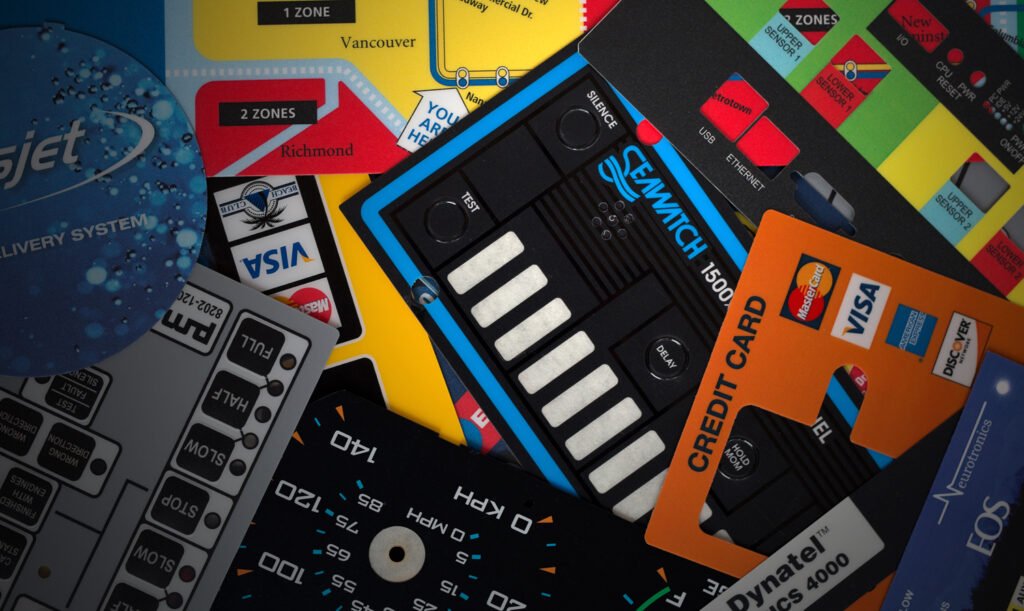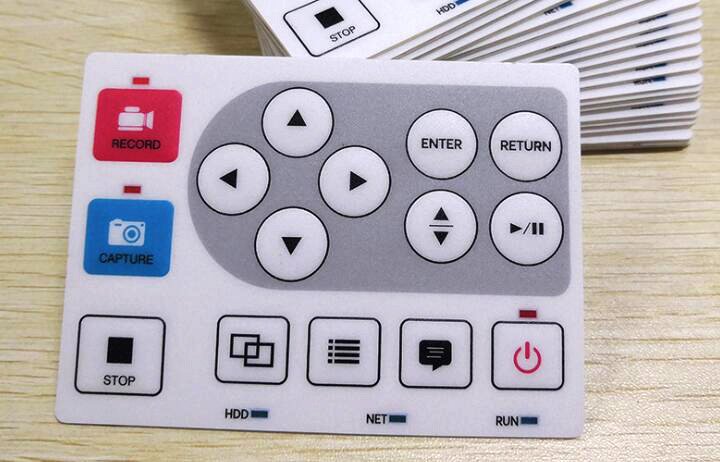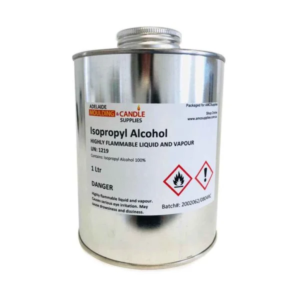When it comes to enhancing the functionality and aesthetic appeal of devices, graphic overlays play a crucial role. Whether you’re designing a new product or updating an existing one, understanding the essential factors before purchasing graphic overlays is vital. This guide will walk you through key considerations and help you choose the right graphic overlay supplier for your needs.
1. Understanding Graphic Overlays
Graphic overlays are transparent or semi-transparent layers that cover control panels or displays, often printed with graphics, symbols, or text. They serve multiple purposes, including protecting surfaces, providing visual instructions, and improving user interaction. Before diving into purchasing, it’s important to understand the various types of graphic overlays available and their applications.

2. Types of Graphic Overlays
There are several types of graphic overlays, each suited for different environments and uses. Common types include:
- Polycarbonate Overlays: Durable and flexible, these overlays are ideal for high-use applications.
- Acrylic Overlays: While not as flexible as polycarbonate, acrylic offers a high level of clarity and is suitable for indoor applications.
- Metal Overlays: These provide a premium feel and increased durability, often used in industrial or heavy-duty settings.
Transitioning from types to their features, it’s essential to consider which material best meets your specific needs.
3. Key Features to Consider
When evaluating graphic overlays, several features should be at the forefront of your decision-making process:
- Durability
The lifespan of a graphic overlay is largely determined by its material. Consider the environmental conditions where the overlay will be used. Will it be exposed to chemicals, UV light, or extreme temperatures? Selecting a durable material ensures that your overlay withstands wear and tear.
- Aesthetic Appeal
The design of your graphic overlay can significantly impact the user experience. Color accuracy, texture, and printing quality are crucial. High-quality printing techniques can enhance visual appeal, so discuss your design requirements with your graphic overlay supplier.
- Adhesive Properties
The adhesive used on graphic overlays is critical for longevity and application. Different adhesives offer varying levels of strength and resistance to environmental factors. Ensure that the adhesive is compatible with the surface it will adhere to, as this affects the overlay’s performance.
4. Choosing the Right Graphic Overlay Supplier
Not all graphic overlay suppliers are created equal. Here are some key considerations to ensure you partner with a reliable supplier.
- Experience and Expertise
Look for suppliers with extensive experience in the industry. An established supplier will understand the complexities of graphic overlays and can provide valuable insights into material selection, design, and manufacturing processes.
- Customization Capabilities
Every project is unique, so it’s essential to choose a supplier that offers customization options. This includes varying sizes, shapes, materials, and printing techniques. A supplier who can tailor overlays to your specifications will help achieve your desired outcome.
- Quality Assurance
Before finalizing your choice, inquire about the supplier’s quality assurance processes. Reliable suppliers often implement stringent testing methods to ensure that their products meet industry standards.
5. Budget and Timelines
Budget constraints are a reality for most projects. It’s important to balance cost with quality. While cheaper options may be tempting, they could lead to higher costs in the long run due to durability issues. Get quotes from multiple suppliers and weigh your options carefully.
Additionally, consider the production timeline. Discuss lead times upfront to ensure that your project stays on schedule. Timeliness is particularly important if you’re working on a product launch or need overlays for an upcoming event.

6. Conclusion
In summary, buying graphic overlays requires careful consideration of various factors, including material types, key features, and supplier selection. By understanding these elements, you can make an informed decision that meets your project requirements. Partnering with a knowledgeable graphic overlay supplier will not only enhance your product’s functionality but also improve its overall appeal. As you move forward, keep these insights in mind to ensure a successful purchase that meets your expectations.














